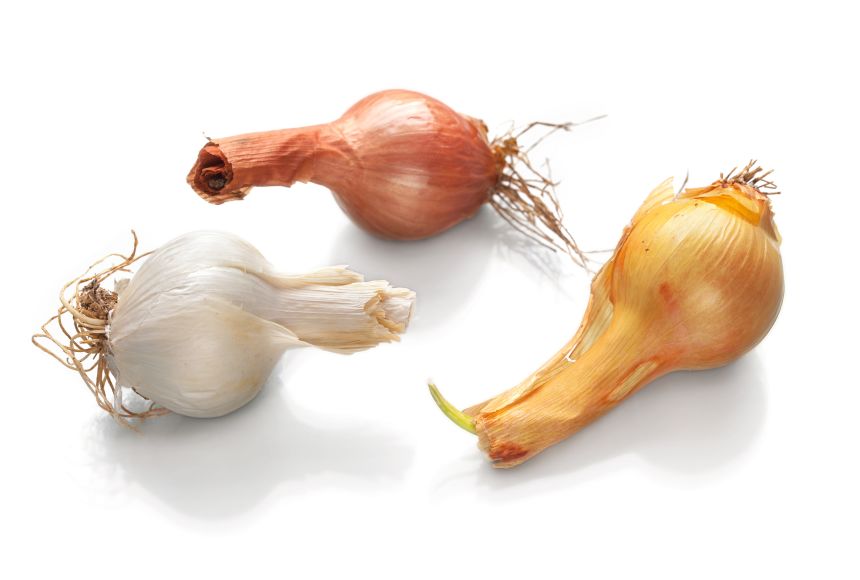Hunger is one of the greatest global challenges of the 21st century. Despite some improvements within the last two decades, global hunger is again on the rise, with 2016 data indicating that more than 800 million people around the world suffer from malnutrition. Children under five years of age represent 150 million of those affected, and for roughly three million of these children every year, the struggle ends in death. When faced with such staggering statistics, it is natural to wish for one simple solution to prevent these deaths and rid the world of hunger. Use of genetically modified (GM) crops is among the proposed solutions—but is it truly a viable solution?
GM crops are plants that have been modified, using genetic engineering, to alter their DNA sequences to provide some beneficial trait. For example, genetic engineering can improve crop yield, resulting in greater production of the target crop. Scientists can also engineer pest-resistant crops, helping local farmers better withstand environmental challenges that might otherwise wipe out a whole season of produce. Crops can even be engineered to be more nutritious, providing critical vitamins to populations that struggle to get specific nutrients needed for healthy living.
However, GM seeds are produced primarily by only a few large companies who own the intellectual property for the genetic variations. A transition to GM crops would closely align global food production with the activities of a few key companies. From an economic standpoint, that poses a risk to long-term food security by creating the potential for a single-point failure. If that company failed, then the crop it provides would not be available to the people who depend on that crop.
Moreover, a large proportion of those affected by malnutrition are small farmers in sub-Saharan Africa, where use of GM crops is less common. Since attitudes toward GM crops tend to correlate with education levels and access to information about the technology, there is a concern that sub-Saharan African farmers may be hesitant to adopt GM crops. More generally, public perception of GM foods is plagued by concerns of safety, from the potential for allergic response to the possible transfer of foreign DNA to non-GM plants in the area. None of these concerns are backed by evidence, but they persist nonetheless.
Whether based on legitimate concerns or lack of scientific information and understanding, local rejection of GM crops has the potential to derail efforts to use these crops as a tool against malnutrition. However, there are case stories for success: Adoption of GM cotton in India has improved family income and, as a result, reduced hunger.
While there are these controversies and complexities that pose challenges for the use of GM foods, these are secondary to a larger issue. We already live in a world that produces enough food to feed everyone. Thus, hunger results from inequity, not food shortage. Unequal distribution of quality food among communities suffering from poverty is the primary culprit in today’s world hunger, not abundance or quantity of food stocks. For those suffering from malnutrition, access to quality food depends on a variety of political, environmental, and socioeconomic factors—most notably, armed conflict and natural disasters.
When viewed through this lens, GM crops may have a role to play in combatting global hunger, but merely increasing crop production or nutritional value (via any method) will not solve the larger problem of inequity in access to food. For example, farmers whose livelihoods depend on production of commercial crops rather than food staples may be able to increase their income by growing GM crops, affording them the financial resources to purchase more or higher-quality food. Moreover, GM crops might better withstand certain natural disasters, such as drought. However, since data shows that political unrest is the primary driver of hunger, it is unclear whether these farmers would be able to sell their products or use their income on nutritional food sources within a country plagued by conflict.
Unfortunately, GM foods are not the cure-all to hunger the world needs. The path to eradicating global hunger is more complex than any one solution and is in fact far more complex than only addressing food quantity or quality. The United Nations Global Goals for Sustainable Development address world hunger in Goal 2: Zero Hunger, which aims to “end hunger, achieve food security and improved nutrition and promote sustainable agriculture.” This goal lays the foundation to combatting world hunger via a multipronged approach, including political action and reduction of violence, agricultural and technical innovations, efforts to end poverty, and educational initiatives. Luckily, with allies such as the United Nations Children’s Fund (UNICEF) and the World Food Programme, this grand challenge may be achievable—and maybe GM foods will play a role, but they cannot be relied upon as a magical solution.
